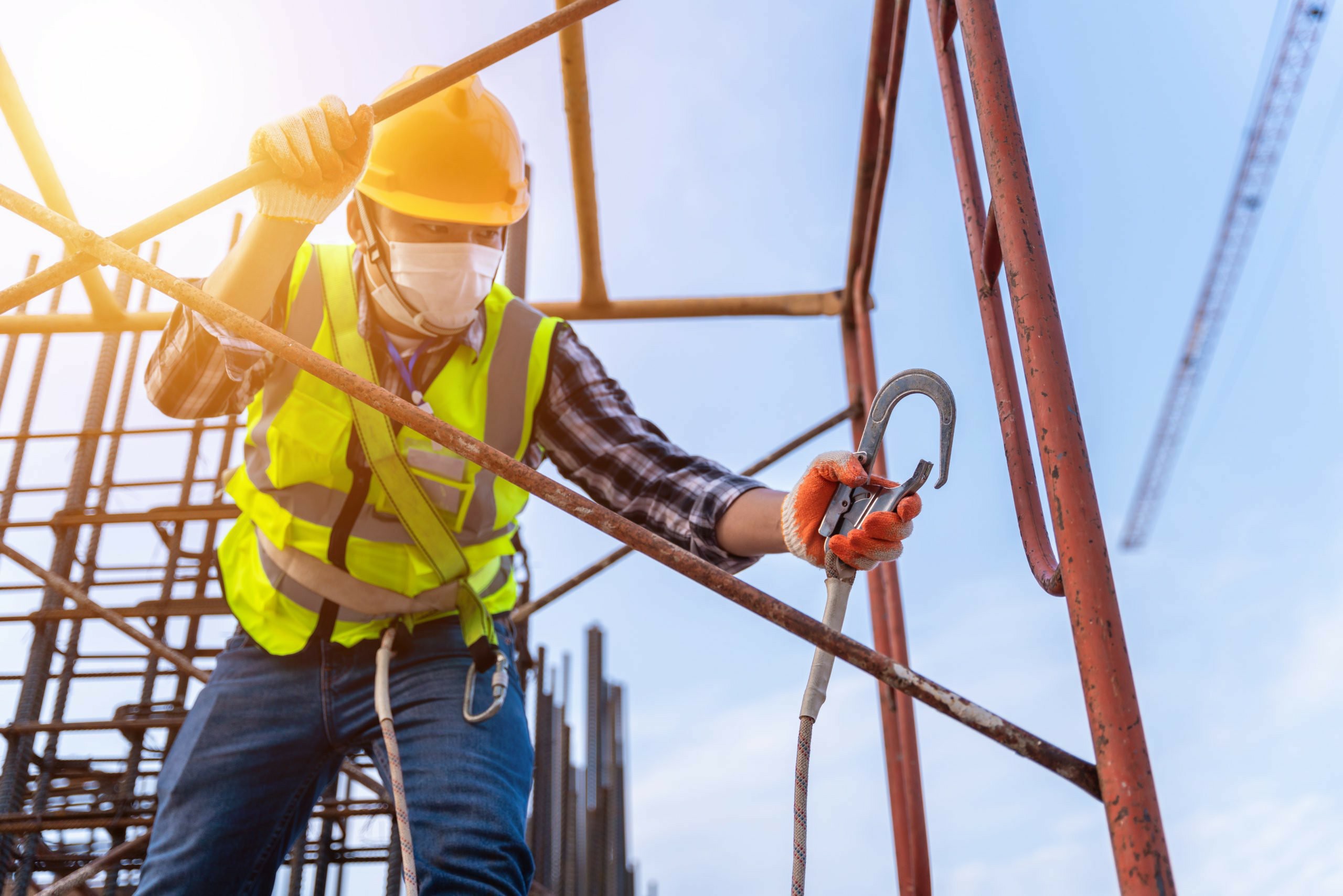Essential Safety Measures for Working at Heights: Training and Certification Insights
Working at heights presents a unique set of challenges and risks that can have severe consequences without the proper precautions. It is essential for workers to understand the potential hazards associated with elevated jobs and ensure they receive adequate Working at Heights training to mitigate these risks. In this post, we will explore the key safety risks of working at heights, the role of training in preventing accidents, fall protection systems, emergency response planning, and real-life case studies demonstrating the impact of effective training.
Understanding the Risks of Working at Heights
Working at height is defined as any work performed at a level where a person could fall and injure themselves. Common hazards include:
- Falls: Falls remain the leading cause of serious workplace injuries and fatalities. Even a fall from a small height can result in severe injury.
- Unstable Surfaces: Working on roofs, scaffolding, or ladders can pose risks if the surfaces are not stable or in poor condition.
- Weather Conditions: Rain, snow, ice, or high winds should be considered as they can significantly increase the risk of falling.
- Equipment Failures: Malfunctioning ladders, scaffolding, or fall protection gear can lead to catastrophic accidents.
The Importance of Working at Heights Training
Proper training is fundamental in preventing accidents associated with working at heights. Participation in a comprehensive Working at Heights Course equips individuals with the knowledge and skills necessary to perform their jobs safely. Key elements of such training include:
- Hazard Identification: Training helps workers identify potential hazards in their work environment and understand how to mitigate them effectively.
- Correct Use of Equipment: Workers learn how to properly use fall protection systems like safety harnesses, lanyards, guardrails, and personal fall arrest systems.
- Emergency Response: Training emphasizes the importance of emergency response planning, enabling workers to react swiftly to accidents.
Fall Protection Systems
Implementing effective fall protection systems is critical for ensuring safety when working at heights. Common systems include:
- Guardrails: These are protective barriers around elevated work areas.
- Safety Harnesses: Personal protective equipment worn to prevent falls; they must be correctly fitted and inspected regularly.
- Safety Nets: Installed below work areas to catch personnel in the event of a fall.
- Personal Fall Arrest Systems (PFAS): These systems include harnesses and lifelines designed to stop a fall before hitting the ground.
Emergency Response Planning
Despite all precautions, emergencies can and do happen. It’s crucial to have an emergency response plan specifically designed for incidents occurring at height. This plan should include:
- Emergency Contacts: A list of persons designated for emergencies.
- Rescue Procedures: Clear guidelines about how to retrieve a worker safely if they fall.
- First Aid: Protocols that detail how to provide immediate care to someone injured at height.
Real-World Case Studies: Training in Action
Training programs have proven to be beneficial in many workplaces. Here are two examples showcasing effectiveness:
- Case Study 1: At a construction site in Dublin, a crew was undergoing Working at Heights Certification just days before a job involving roofing. During this training, workers learned how to securely attach their safety harnesses. The instructor emphasized that falls could occur from even a minor slip. When one worker did slip slightly while placing shingles, he instinctively reached for his tied-off lanyard, which correctly arrested his fall. The crew's prior *certified training* made a difference, preventing what could have been a severe injury.
- Case Study 2: A winery in Cork implemented a new Working at Heights Safety Course for its staff involved in tree pruning. After attending the training session, workers learned to inspect their equipment for stability, how to recognize unstable surfaces, and appropriate weather-related precautions. When winds picked up one afternoon, the team chose to postpone their work based on clear guidance from their training. The decision was significant in preventing an accident and safeguarding they followed regulations.
Conclusion: Prioritize Safety through Certification
In conclusion, the risks associated with working at heights are significant, but they can be managed and minimized through the right training and adherence to safety protocols. Investing in Certified Working at Heights Training is crucial for any organization that requires employees to work at elevation. This not only helps in compliance with workplace regulations but also fosters a culture of safety that can save lives.
To learn more about our offerings, enroll in a Working at Heights Course Online, or contact us at [email protected]. Together, we can create a safer work environment.
Find out more about our Working at Heights Course here!



 349,500 Offered Certificates
349,500 Offered Certificates
 24/7 Online Training
24/7 Online Training
 Money Back Guarantee
Money Back Guarantee
 Fully Accredited Courses
Fully Accredited Courses
